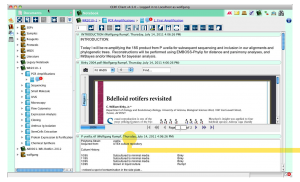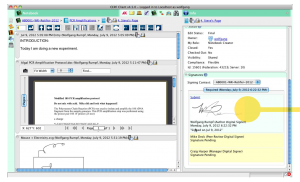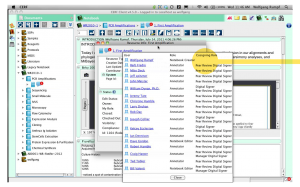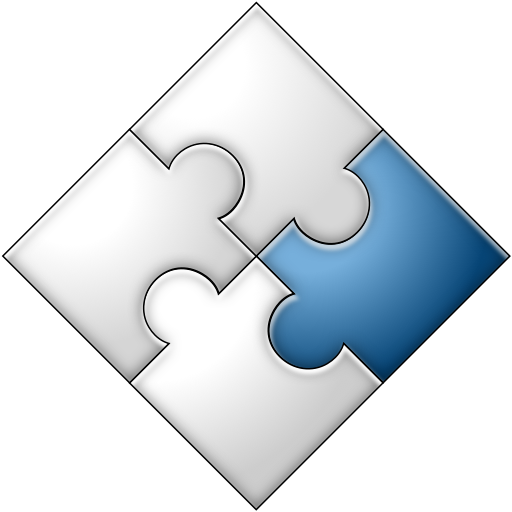When I was getting my Ph.D. (a “gradual” student, as my girlfriend refers to it), I wasn’t too terribly concerned with protecting my IP. Neither was my graduate advisor. We were both big science nerds (sorry, Bill, but you know it’s true!), in it for the love of discovery (as many scientists are). Luckily, everything we discovered, while meaningful and cool, was totally non-commercial – meaning we couldn’t have sold it if we had tried.
Lucky for us. I had friends – accomplices in science – who weren’t so lucky. They were working on human disease pathways – the sorts of science that can lead to new treatments or cures for things that make people suffer. And, coincidentally, make pharmaceutical companies lots of money. And if my friends didn’t follow all the rules for keeping their notebooks, then they were very sad when it came time to talk to the Tech Transfer office to try to file for a patent. Bad notebook practices can delay a patent filing by a significant amount of time – upwards of a year – time that your competitors can use to their advantage, especially if they have all of their ducks in a row.
How does that work? When a scientist discovers something that they think is commercially viable, they ideally should patent it. Filing for a patent involves lots of paperwork – descriptions of the discovery, as well as potential applications – and defending the patent can involve even more. Paperwork that often isn’t readily accessible, which means delays in filing, or difficulties in asserting ownership of those ideas that cost so much time, blood, sweat, and tears.
Electronic Laboratory Notebooks (ELNs) are supposed to make things easier for us. One way that CERF ELN helps you do science a better way is by automating many of the steps required to safeguard your data, keeping you 21CFR11 compliant. Things like automatically time/date/user stamping everything you do:


Things like making it easy to authenticate and validate your work by digitally signing your work throughout the process or at the end of every experiment, instead of maybe weekly or monthly – or never:

In addition, CERF ELN lets you securely share your experiments with your collaborators directly through within the system – which means that not only can only authorized users see the data, but all data is securely encrypted during transmission:


There are other things CERF ELN does that are required for 21CFR11 – things you’ll never notice because they are under the hood, where they belong, so that you can focus on the science instead of the book-keeping. Things like maintaining an audit trail for everything that happens in the system, so that you can always show who did what and when they did it.
Taking your CERF notebooks to your tech transfer office and asking them to submit a patent won’t be painful, or tedious, or time-consuming – and if you are using CERF ELN, your chances of actually getting that patent have just gone up!

